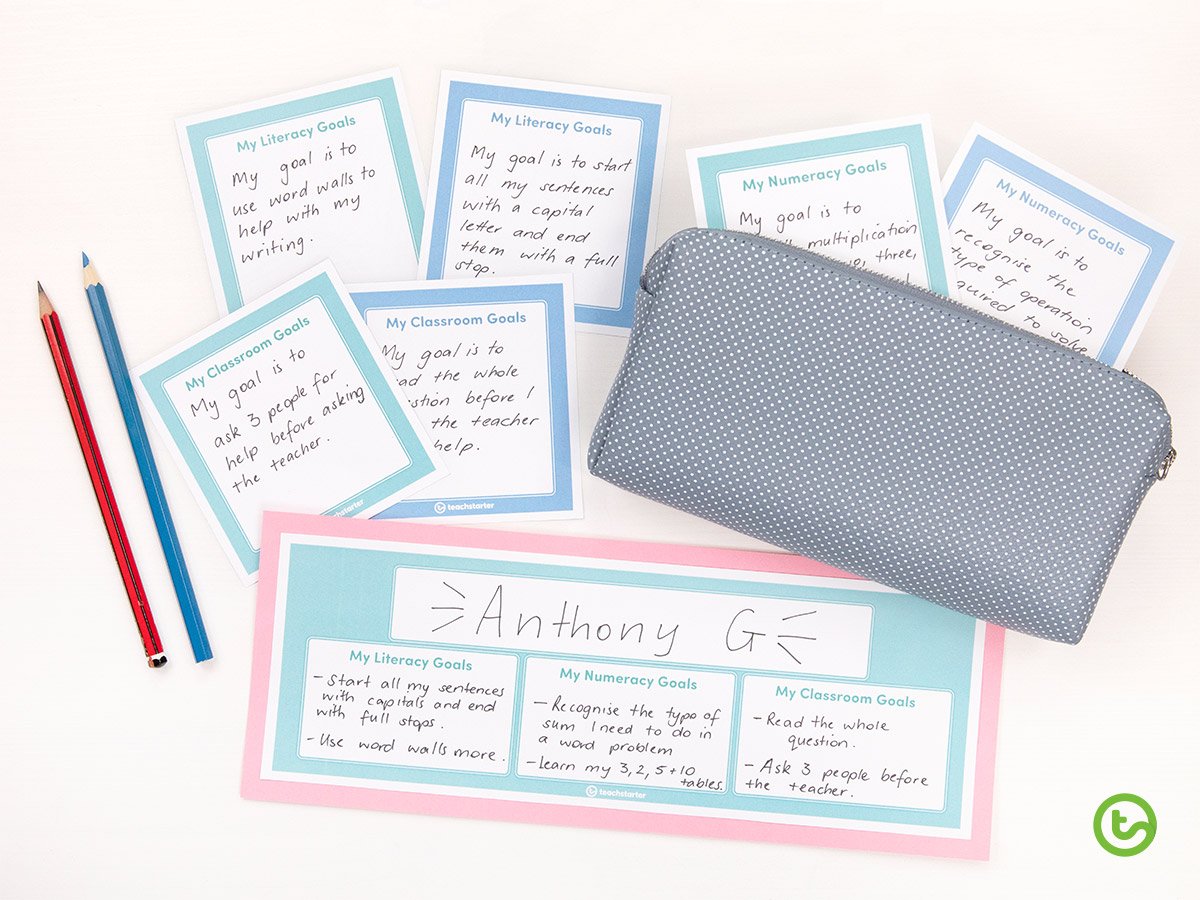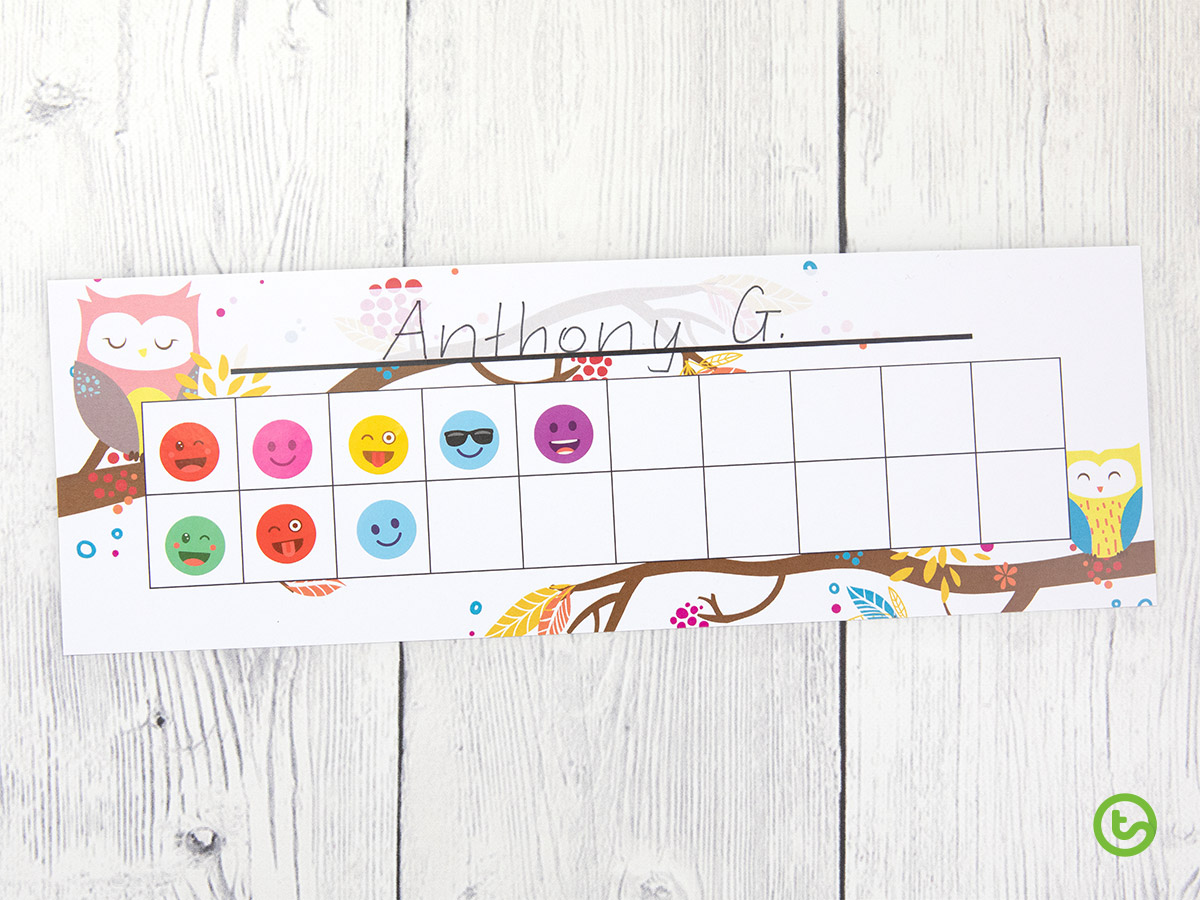Teachers, by nature, are caregivers. Nurturing and supporting students comes as easily as breathing to us. As part of this, we put a lot of time and thought into how to motivate students to be more independent so that they can grow up to own their learning and take care of themselves.

Yuganov Konstantin/shutterstock.com
This is easier said than done for some students, however!
For some children, the thought of working independently stops them short. This may be due to a lack of confidence in themselves, or a lack of resilience when it comes to facing challenges. Whatever the case, the outcome is always the same – the first port of call when they’re given work is their teacher’s side and a chorus of “I don’t know what to do!”.
Put your hand up if you’ve ever had a ‘little shadow’ follow you around your classroom during lesson time?
This isn’t the best thing when you’re a busy teacher, with 30+ other children to give your attention to! And it’s definitely not best for the child.
So… how do we help foster independence in children who need our help and attention in every lesson?
How to Motivate Students: Building Independence in the Classroom
When a child approaches us for help, we are naturally inclined to do what we can to make their lives easier. But, this doesn’t help them in the long run if we don’t teach them to help themselves.
Now, I’m not talking right now about abandoning children who truly need support! I’m talking about purposeful actions to gradually release the responsibility of learning from the teacher to the student.

Anutr Yossundara/Shutterstock.com
What this means for each child will be different! It’s important that you find out what works best for each of your uncertain students and work with them to help them become successful in the classroom.
We’ve put together a little poem to help you remember the steps to motivate your students! These steps have been elaborated on in more depth below.
Set Small Achievable Goals
When you have children who lack the motivation to work independently, it can often come down to a lack of self-esteem or confidence with their learning.
Students often look at a piece of work and see it as one GIANT task – this makes it seem impossible to tackle easily!
Help your students figure out the baby steps that they can take to achieve their learning goals. Give them smaller, achievable goals so that they can break down their work into manageable chunks.
Holly’s blog on How to Easily Display and Track Student Goals in the Classroom gives some great ideas on how to incorporate goal setting on a whole class level!
For individual goals, make sure you check out our Learning Goals resource collection! There are a wide range of goal-related resources under that collection, such as these Green Goal Setting Desk Plates, which can help you specify which goals will help your students the most.
Using desk templates such as our Owls Desk Reward Chart helps students keep on track with the goals they have achieved, and how far they have to go.
Teaching about fixed versus growth mindset is another easy way for students to see that they don’t need to have the whole picture in their heads when they start their learning journey. Check out our Growth Mindset Resource Collection for tools to help you with this!
Empower and Praise a Job Well Done
Once your students start to achieve smaller, more manageable goals, the next step is to empower them so that they see the value in persistence!
Students who lack the internal motivation to push themselves with their learning can often be motivated externally. For example, using rewards such as stickers, at least at the beginning. While I don’t recommend this as a long-term method of empowerment, providing them with a carrot to encourage them to persist when the going gets tough is a great way to show them that, Hey! They can do it if they try hard enough!
Positive reinforcement is important for more than just learning goals!
Sometimes, uncertain students have confidence in their work, but not in other areas of the classroom, such as social interaction! Celebrate other areas of student learning, success and progress in life skills, personal and social development with our Personal and Social Capability Badges Resource Pack.
Once your students are able to see that they have the power within them to succeed, the feeling of success will spurn them on to try new things and take on new challenges!
Scaffold Their Learning
Students who feel supported in the classroom are often more willing to take risks. They understand that if they don’t succeed, the teacher will be there to give them a boost. They receive positive and constructive feedback on their work so that they can stay on track with their success.
Think of scaffolding in terms of a building site… the scaffolding doesn’t hold the building up! It provides it with just enough support that it can be built from the ground up and stand tall by itself.

ESB Professional/Shutterstock.com
When scaffolding, teachers step back and offer support as a ‘guide on the side’. Make sure you give your students just enough scaffolding so that they feel supported should they need it, but don’t sit and do their work for them.
This can come in many forms! Here are some examples of great ways to scaffold student learning:
- Model or demonstrate new concepts in small group/one-on-one situations.
- Encourage students to complete a draft of work to be marked before submitting assignments.
- Incorporate visual aides.
- Teach several methods of solving a problem, and give students the choice of which to complete.
- Encourage students to ask questions and bring work for feedback when they reach checkpoints in their work.
- Provide students with a skeleton to plan their work, such as a checklist or template.
Here are some great templates to use when scaffolding work for your students!
[resource:1709598][resource:3018934][resource:1340238][resource:51691]
Find Their ‘Why’
Why do we need to learn this?
Why should I push myself?
These are the kind of ‘whys’ that a student who lacks confidence and motivation asks themselves on a daily basis!
Telling kids why they need to learn certain things, such as telling the time, is pretty easy! However, helping them find their passion for learning, in general, is another thing.
Helping your students find their why, or their passion for learning will be different for every student. But, there are a few things you can do to help steer them in the right direction.

stockfour/Shutterstock.com
When students who are unmotivated find a subject that they are interested in, suddenly their thought process changes! They move from extrinsic (from the outside) to intrinsic (from the inside) motivation. Help your students find the spark in learning by relating it to their interests. Once your student discovers their passion for learning and builds their confidence in the classroom, help them extend this passion to other areas of their learning.
Starting with small goals and achievements in their areas of interest is a great way to teach a child their why – because learning is fun, and when we learn our brains grow stronger!
Perhaps your student loves the feeling of accomplishment when they finally overcome a challenging task. Perhaps they love to find questions with more than one answer. It might even be that their reason for learning is just to be able to tell things to their parents when they go home that night!
Help Them Help Others
Finally, when your students have discovered how much fun can come from learning, maintain their enthusiasm by enlisting their help!
Encouraging your students to use their new-found power and motivation to help their peers learn is a great way to empower your students to take their learning further!

Golden Pixels LLC/Shutterstock.com
Our blog 8 Powerful Student-Led Discussion Strategies details some great ways to generate positive discussion in the classroom. Your students will be able to share their knowledge and ideas with their classmates in fun, productive ways!
Not only this, they will continue along the learning journey by learning from their classmates as well. No more students sitting in the corner refusing to participate for fear of sounding like they don’t know anything!
How do you motivate your uncertain students?
Banner Image: Yuganov Konstantin/shutterstock.com









Comments